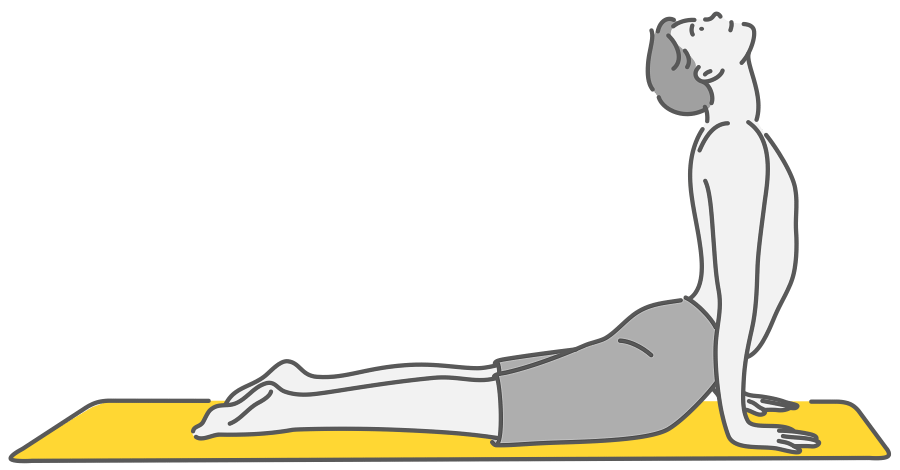When it comes to physical goals, flexibility isn’t exactly at the top of the list, is it? No, it's usually about broader shoulders, bigger arms or shredded abs. And while those are great, if you can't easily touch your toes or struggle to put your shoes on in cramped environments, then you're overlooking a vital part of your health. And even for active guys, neglecting your flexibility may be hindering results in the gym. Rigorous workouts combined with the back-breaking posture from the typical work grind can stifle strength gains and even prep you for an injury if you're not careful. The good news, according to experts, is that it's not difficult to improve your flexibility. You simply have to keep these guidelines in mind going forward. You'll be bending and twisting (not to mention lifting more and standing taller) in no time.

Warm-Up With Dynamic Stretches
Research has continually demonstrated that static stretching (long holds) isn't as beneficial prior to working out as dynamic stretching, where joints and muscles go through a full range of motion. Before starting your sweat session, go through some bodyweight movements like squats, lunges, push-ups and jumping jacks. Perform three sets of each movement for 10 to 20 reps to warm up your entire body. Personal trainer Jason Patmore, founder of JDP Fitness, says that the muscles gradually lengthen over a series of movements. You're essentially prepping the weapon to fire.
Follow a Workout by Holding a Stretch
Once you're done being active is the best time to hold some stretches, says certified athletic trainer Kho Roberts. He says that holding a stretch for 30 to 60 seconds allows your muscles to reset their stretching limitations via a feedback loop between the brain and the nerve innervation of the muscle fibers. Anything shorter won't provide enough time to increase your progress toward flexibility.
Advertisement
Mind Your Ergonomics
Sitting behind a computer all day or slumping over a phone can put a lot of stress on your body—creating tightness in your shoulders or hips. And the longer you do it, the less mobile those joints become. Having appropriate desk ergonomics will lessen the strain and make a huge impact over time. Consider a standing desk that allows you to change positions throughout the day. Alternating between standing and sitting, along with adjusting the height for optimal comfort while you're sitting will help to ease tension and keep the pressure evenly distributed.
Relax and Unwind
You know how when you get stressed, your body tends to tighten up into one huge ball of knots? Relaxation can help alleviate the tension and stiffness caused from day-to-day stress from work, life and regular workouts. Find a few times a week to engage in a relaxing activity to help you unwind. It could be a slow walk around the block, light yoga, or even just a long, hot bath.
Massages Help
Stretching and training with a full range of motion can work wonders with improving flexibility, but massages help to break up knots in muscles and tissues that restrict movement.
Advertisement
































